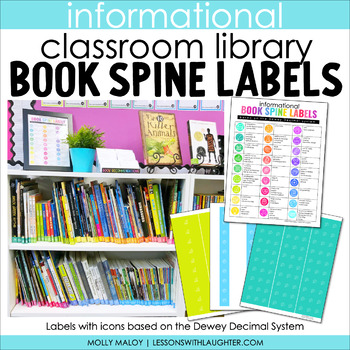

SPINE LABELS FOR LIBRARY BOOKS FULL
The CLS was the first library vendor of Haryana to provide the full complement of opening day collection services and we remain the only library exclusive vendor to do so today. Since 2005, libraries across Haryana, Punjab, Delhi, Chandigarh, Himachal Pradesh and Rajasthan have been able to turn to "The CLS" for everything related to library stationary ranging book classification required to maintain the books in a systematic manner to high quality furniture, supplies, Automation of library Services & Technical supports etc. Our aim to provide support and to help our clients by offering the best value high-quality products and first-class, friendly service they can trust. Gaylord Archival Untabbed Rare Book ID Strips (100-Pack) Gaylord Archival Tabbed Rare Book ID Strips (100-Pack) Acrylic Label Easel Gaylord Archival 1/2. This means we use our expertise to bring together all the education supplies to our clients, make them easy to buy and deliver adequate service. See” New Book totals and editions, 2002-2010”.Our main motto is 'to give best services to our esteemed clients. “Public Libraries are Doomed” in The Annoyed Librarian blog found in Library Journal Sept. For a more serious discussion of labels see “The Quest for the Perfect Spine Label” by Cheryl D. This article is supposed to be tongue in cheek. I know those labels will age and fall off, but I hope by that time we will have found another solution.ġ. For ease of production of labels in the library I choose to print the labels on label stock. For ease of preparation and economy I choose paper labels for my home collection. The labels were durable and were hard to remove. The label was applied to the book and then the iron was applied to heat adhesive. Below is a picture of the iron and the process of heating the label. The labels had a white surface for the text and an adhesive back. Sellin labels were typed from a roll of tape and later dot matrix printed. They need labels that won’t fade or fall off. This was written on blue tape that is now old and no longer sticks to the book.ĭurability is a big concern in libraries.

The book is in Hebrew and the last line corresponds to the author’s last name. The first line looks as if letters were written on top of each other to correct a mistake. In the blue label, I can not even read the whole label. A long time ago, even before I was in college, librarians were taught a type of writing called “library hand.” The two pictures below have spines written by hand. Once the books are in the library and cataloged they need labels. This does not even include titles from other countries. Depending on how you use the numbers, they are purchasing less than 2% of the titles that Bowker lists. Someone has to select and approve those purchases. The biggest academic libraries purchase 50,000 or more titles per year from world-wide sources. In 1993 there were 104,124 titles published. Bowker publisher of Book in Print, the record of all commercial book publishing in the United States, 316,480 titles were projected in traditional formats, and 2,7776,260 titles were non-traditional (according to Bowker reprints, public domain, and print on demand) This does not include titles published by organizations and governmental bodies that are not in the commercial book trade. Libraries spend a lot of time building collections. I am sure that the average person will have no trouble buying a few books in electronic format for recreational reading. Note there are two copies of one of the titles. They are ordered alphabetically by title, but they have not been cataloged, systematically acquired or labeled. In the first picture below is a shelf of books. How does this relate to labels? Cataloging a collection building are what separates a bunch of books from a library.
SPINE LABELS FOR LIBRARY BOOKS MOVIE
Everyone else will be too busy reading whatever book they want, watching whatever movie or TV show they want, and listening to any music they want. She claims that electronic books will replace the need for anything from a library.Īmazon may drive libraries out of business the way it did a lot of bookstores, and the only ones likely to be disappointed are the librarians.

In her September 14th blog, “The Annoyed Librarian” wrote that the public libraries are doomed. Naysayers are telling us that electronic books are so easy to buy that people will no longer need libraries. One must choose which of these qualities is most important. Libraries need labels that are inexpensive to create and apply, stick to books, easily removable, never damage the book, and never fades, dries out or deteriorates. The challenge is that no one label fits all the needs. The spine label is not a lost library skill, but some earlier methods are no longer used.


 0 kommentar(er)
0 kommentar(er)
